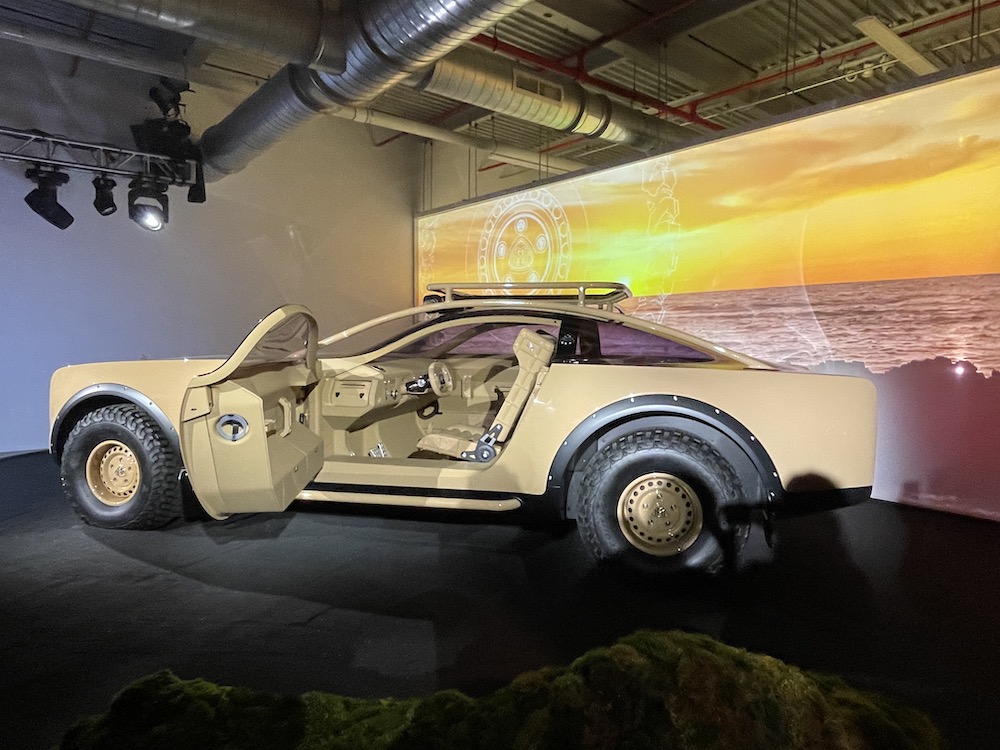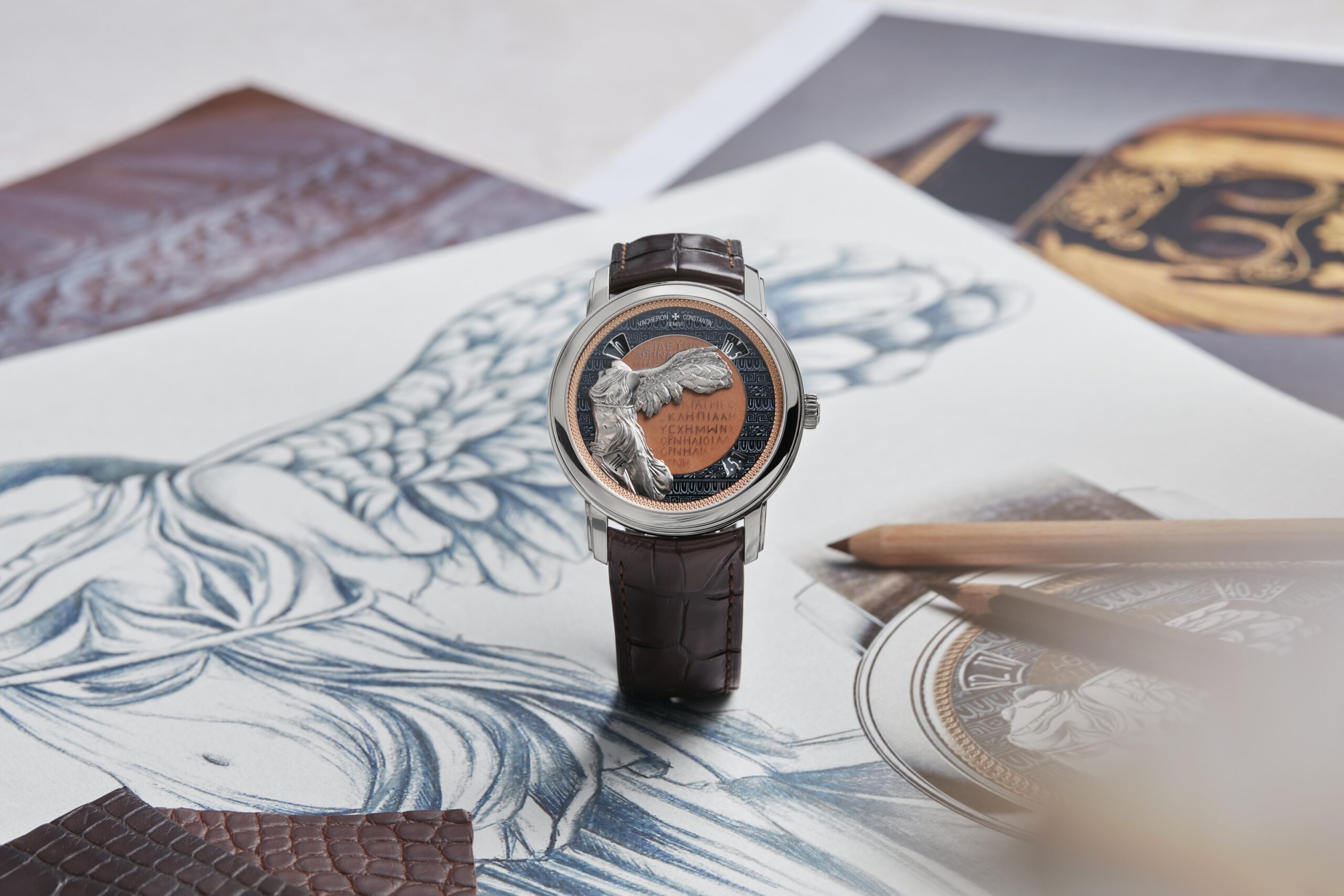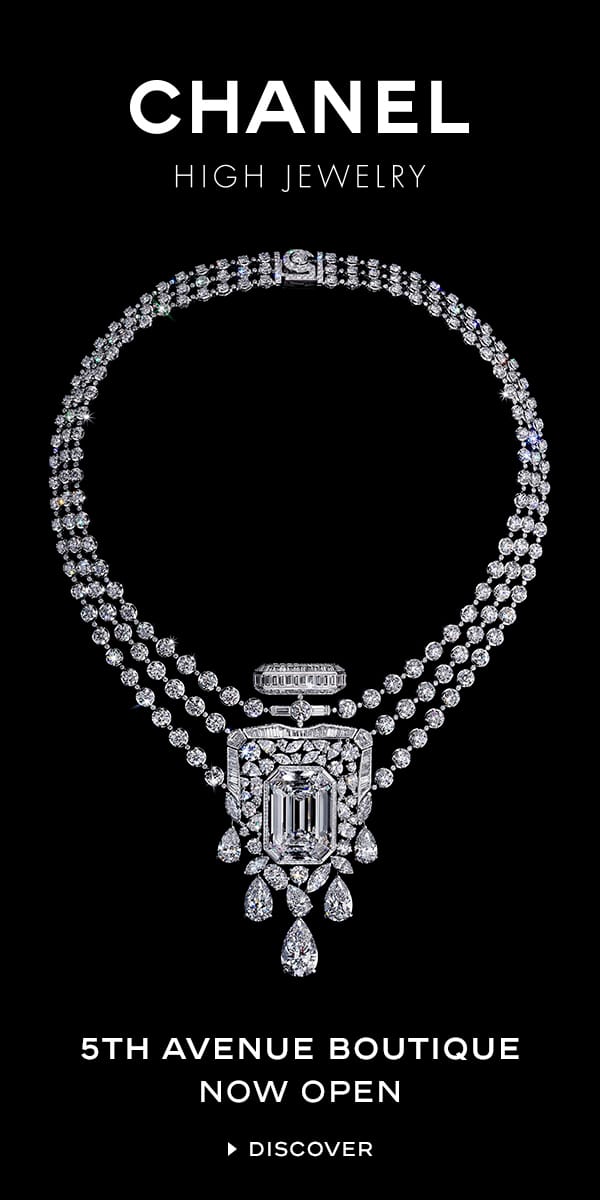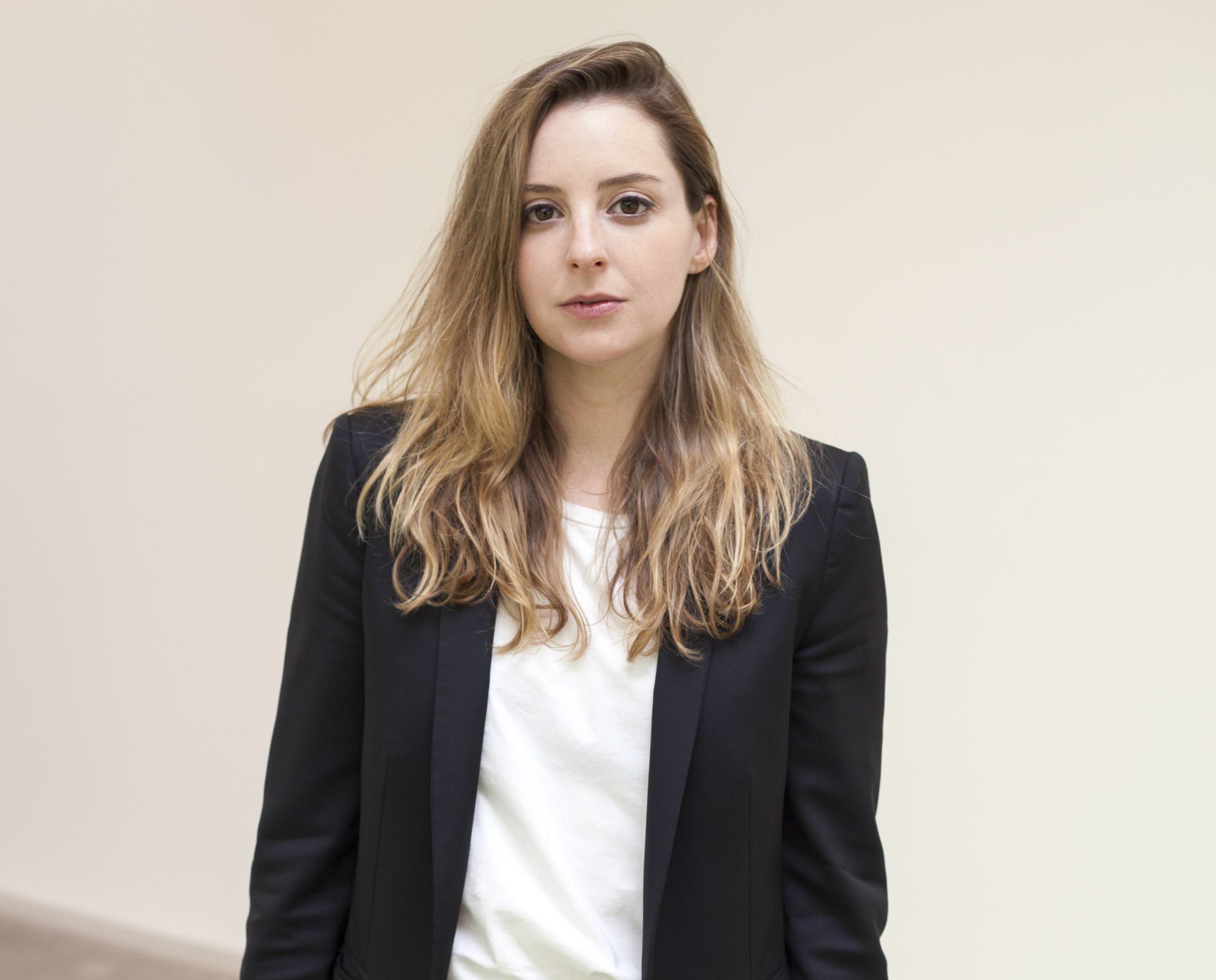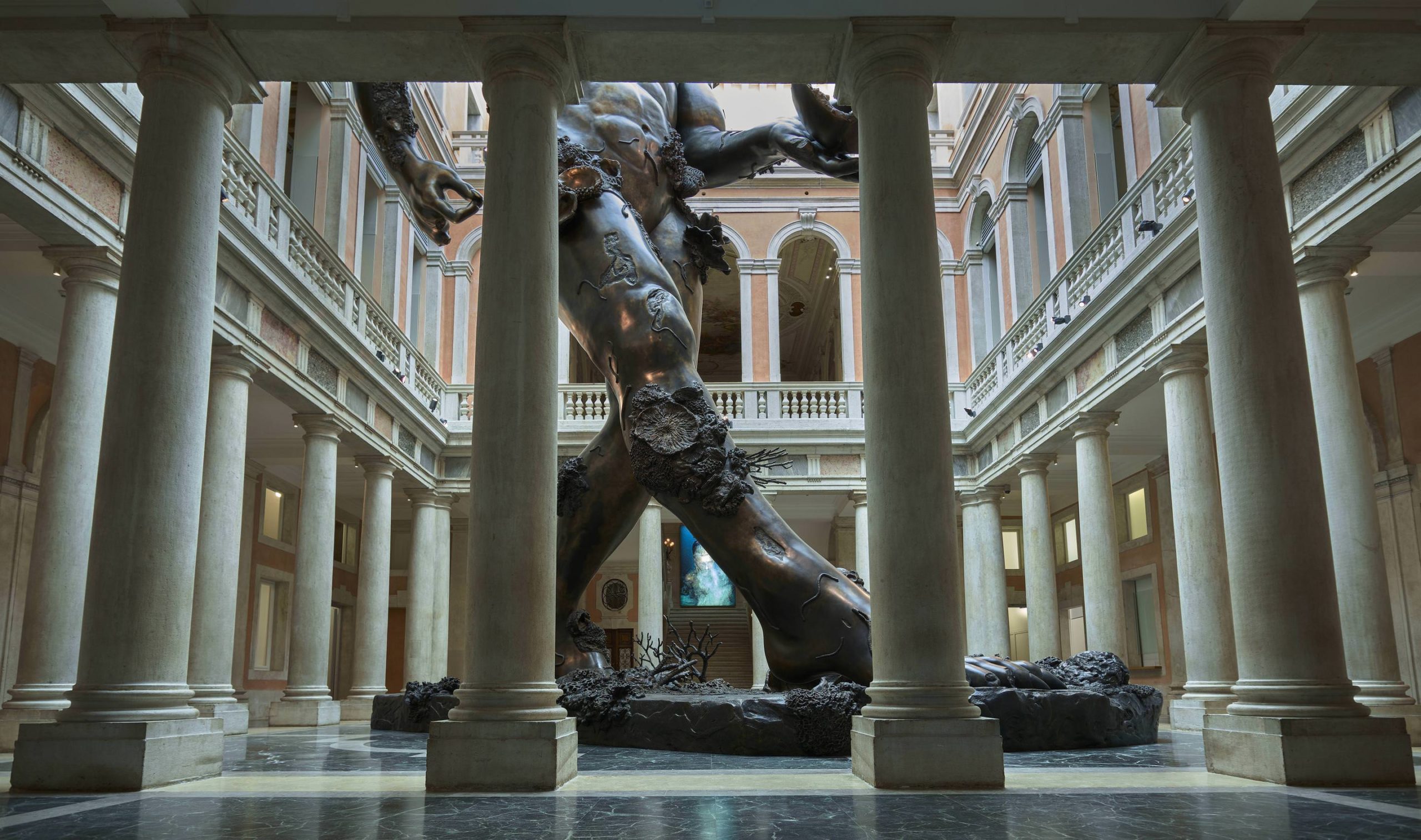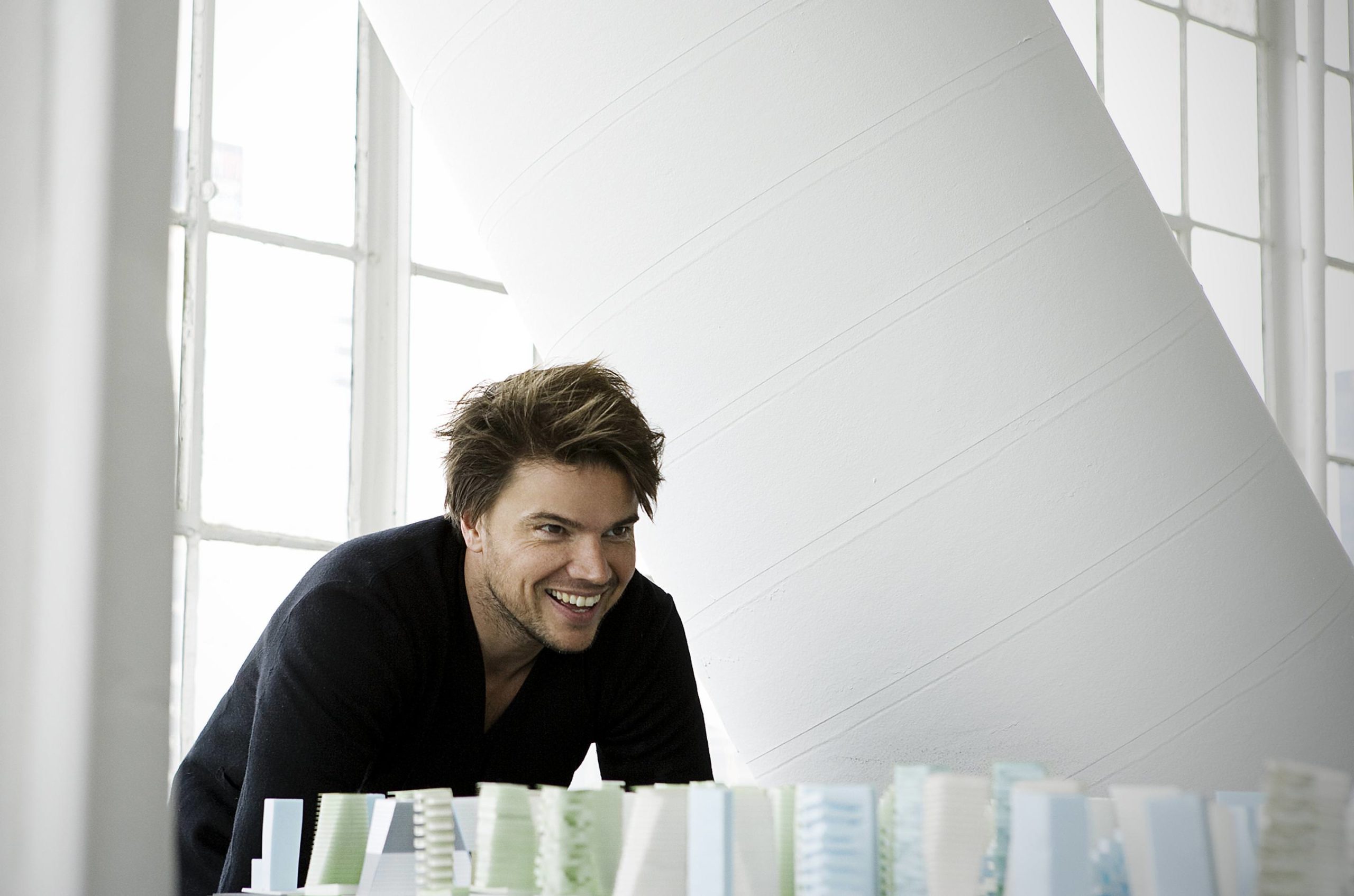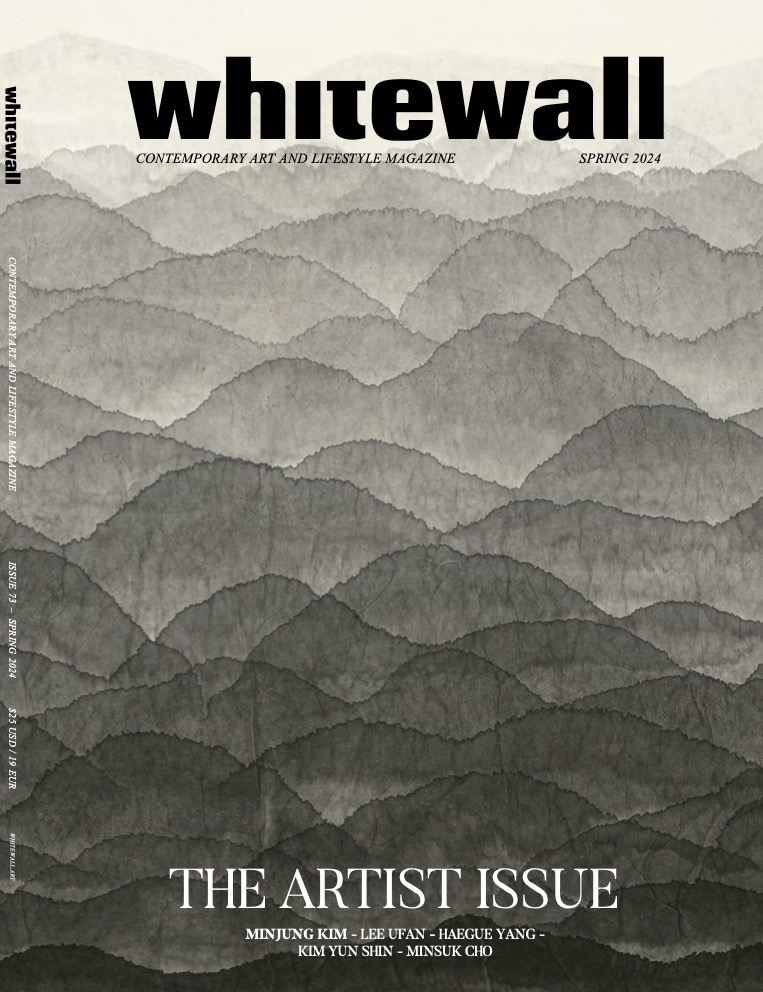During Frieze, Hannah Barry Gallery is presenting James Capper’s WALKING BOAT as part of the Frieze Sculpture program in Regent’s Park. The public work coincides with a solo show by the artist at the gallery, entitled “WAYS TO MAKE A SHIP WALK.”
Whitewaller spoke with the gallerist about her exhibition space’s ongoing mission, how she supports artists, and the programming commitment she’s made to her neighborhood of Peckham.
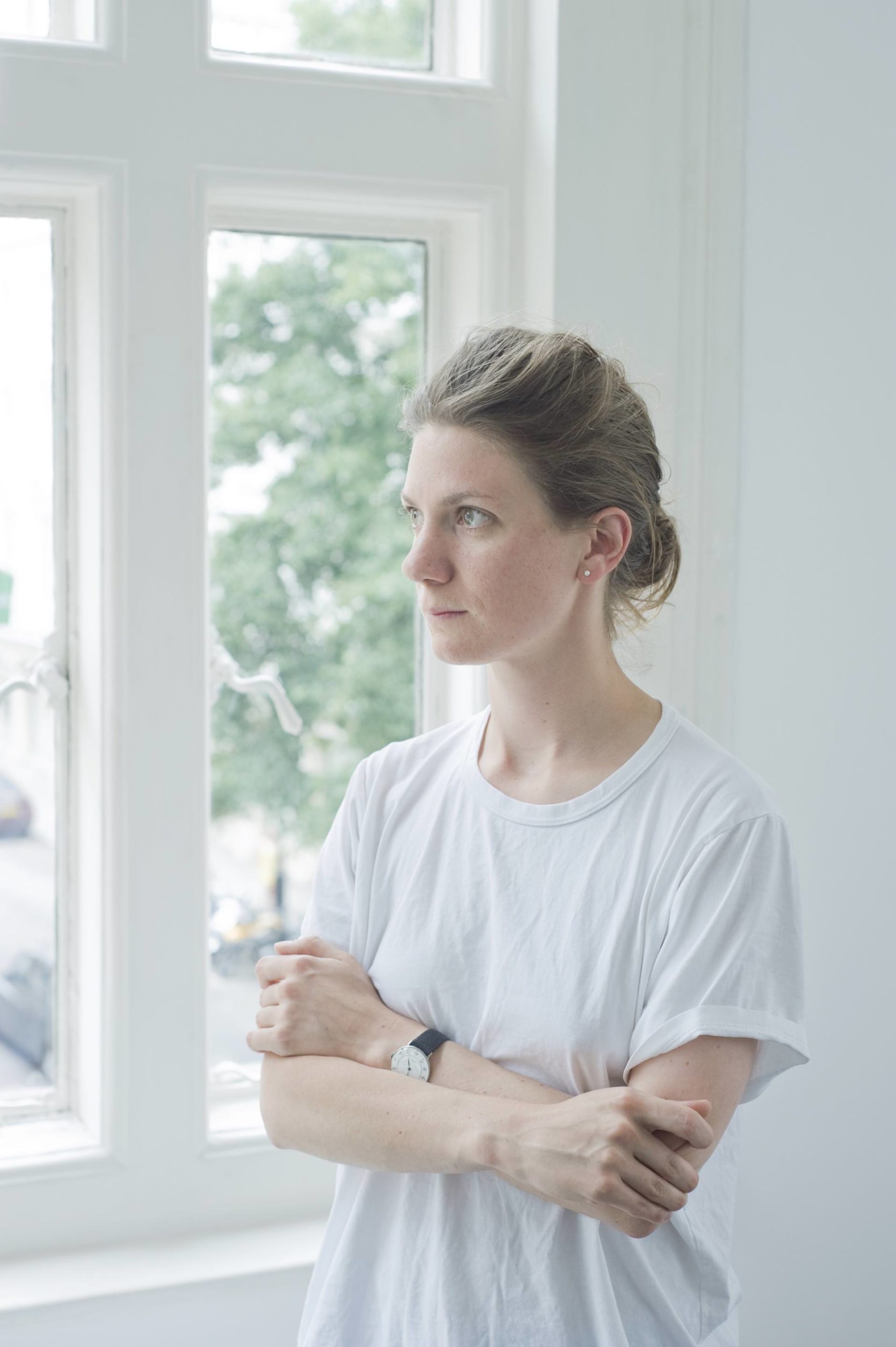
Portrait by Nick Seaton.
WHITEWALLER: Can you tell us about the James Capper exhibition you’ll have on view at the gallery this October during Frieze?
HANNAH BARRY: We’ll have an exhibition of James Capper’s new spray drawings, “WAYS TO MAKE A SHIP WALK.” Drawing is an important part of James’s practice and he makes large numbers of drawings of all kinds—from concept drawings, technical drawings, to presentation drawings, and in-action drawings.
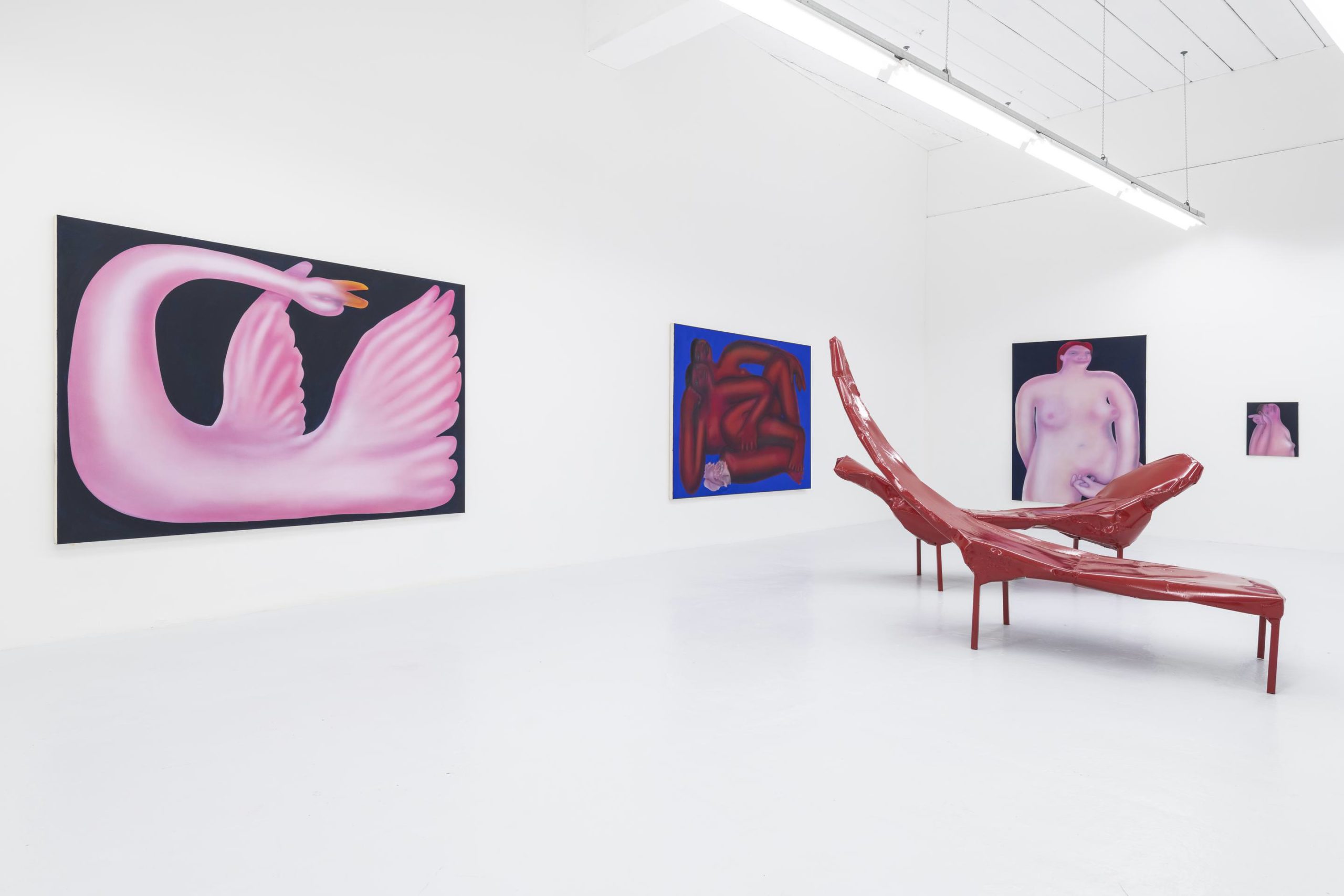
George Rouy and Jesse Pollock
2018
Squeeze Hard Enough It Might Just Pop!
Hannah Barry Gallery, London
Installation view
Photo by Damian Griffiths
In this way, for every realized sculpture there are a large number of drawings accumulated from conception to completion, as well as drawings made after the sculpture is finished. It is characteristic of James to draw his sculptures well beyond the fabrication period and even to return to specific sculptures through drawings years after they are made.
WW: At the same time, you’re presenting Capper’s WALKING BOAT in the Frieze Sculpture program at Regent’s Park. Can you tell us about this public work?
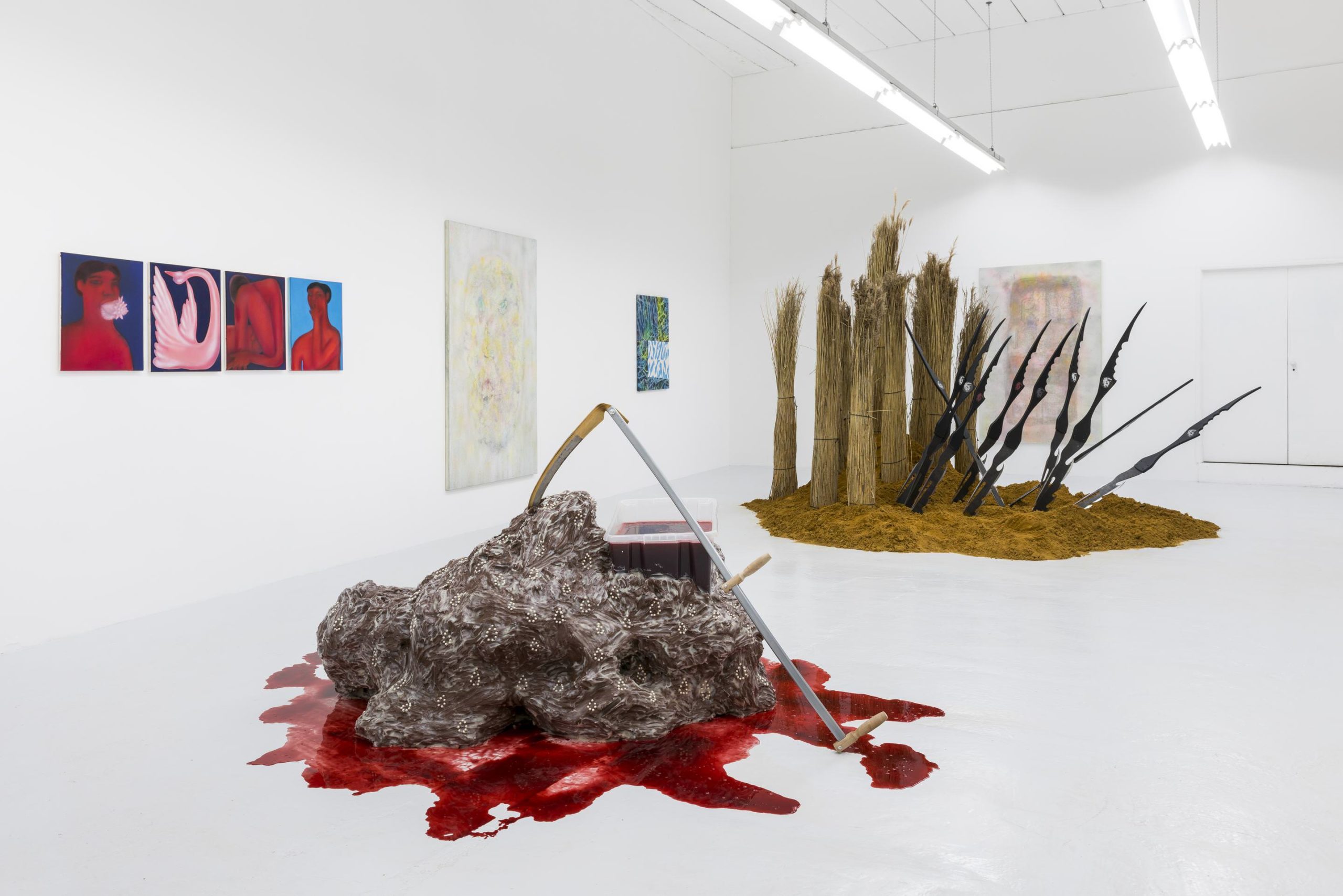
Left to right works by
George Rouy, Richard Butler, Ralph Hunter-Menzies, Rosie Grace Ward
2017
The Unlimited Dream Company
Hannah Barry Gallery, London
Installation view
Photo by Damian Griffiths
HB: The ingenuity and sophistication of biological lifeforms has long inspired advances in human technology, and current research in engineering and mechanics continues to look to the organic world to solve complex challenges. James Capper’s ambitious, multiscale WALKING BOAT sculptures—researched, drawn, and confront the precarity of humanity’s technological desire, articulating the mutual cooperation of mechanical and organic lives.
WW: Your program mixes special-project shows, historical exhibitions, with presentations by artists in your roster. How does this mix of programming work for you, your artists, and collectors?
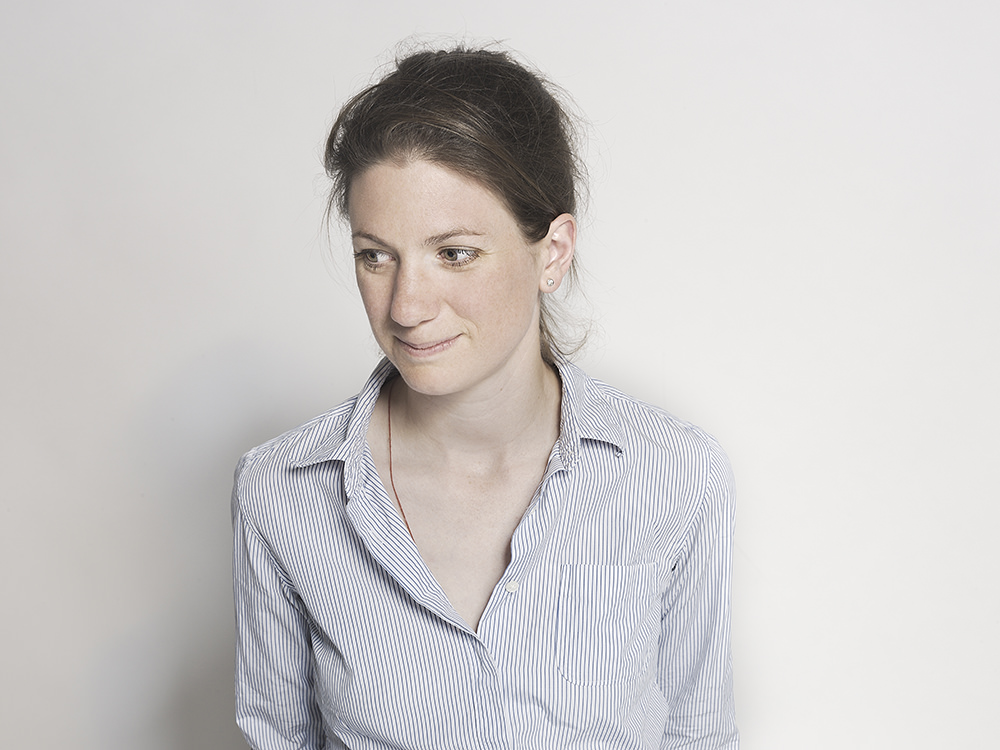
Photo by Andrea Hamilton Photography.
HB: Our gallery is committed to supporting the development of emerging practice and focuses on realizing ambitious solo projects by artists in the gallery and internationally that value experimentation and risk, discussion and debate, as well as supporting artists in a holistic way, logistically and intellectually, to pursue their work. The gallery continues to operate on the principles on which it was started: to support above all the progress of
artists and their ideas, to develop a language of description and build a network of support around the artist’s work, and to bring the work to the widest possible audiences.
WW: You founded Bold Tendencies, a nonprofit organization focused on transforming Peckham through art, architecture, music, dance, and literature. Can you tell us more about Bold Tendencies and why it was important for you to invest in the neighborhood?
HB: The rooftop spaces at Peckham Multi-Storey Car Park are home to Bold Tendencies, which is unique in terms of the rich mix of what it does and where and how it does it. For more than a decade, Bold Tendencies has transformed its car park home with a program of contemporary art, orchestral, opera, and architectural projects, including Frank’s Cafe and the Straw Auditorium, designed by Practice Architecture; Simon Whybray’s pink staircase; and Cooke Fawcett’s Peckham Observatory.
Bold Tendencies animates its program and the site for schools, families, and the neighborhood through standalone education and community initiatives that take culture and civic values seriously. With immersive public spaces and spectacular views across London, the project has attracted more than 1.5 million visitors so far and celebrates the free enjoyment of public space in the city.
We are now planning toward these and the final event of the season, a new commission with artist and designer Es Devlin.

